Creating a model of a boat before building it is a common procedure, and one I find very useful. For a 23′ boat, I chose to build a 1:4 scale model; this worked great since the 7′ 8″ model was big enough to use as a tender. For a nesting kayak that I designed, I started by building a full-sized model (also known as a mock-up) out of cardboard, to test for accuracy before cutting expensive plywood. The cardboard parts would be used for patterns. The plywood panels for the V-berth could be built into the mock-up, fitting only straight edges and right angles. The curves of the perimeter can then be traced precisely with a batten bent fair around the frames.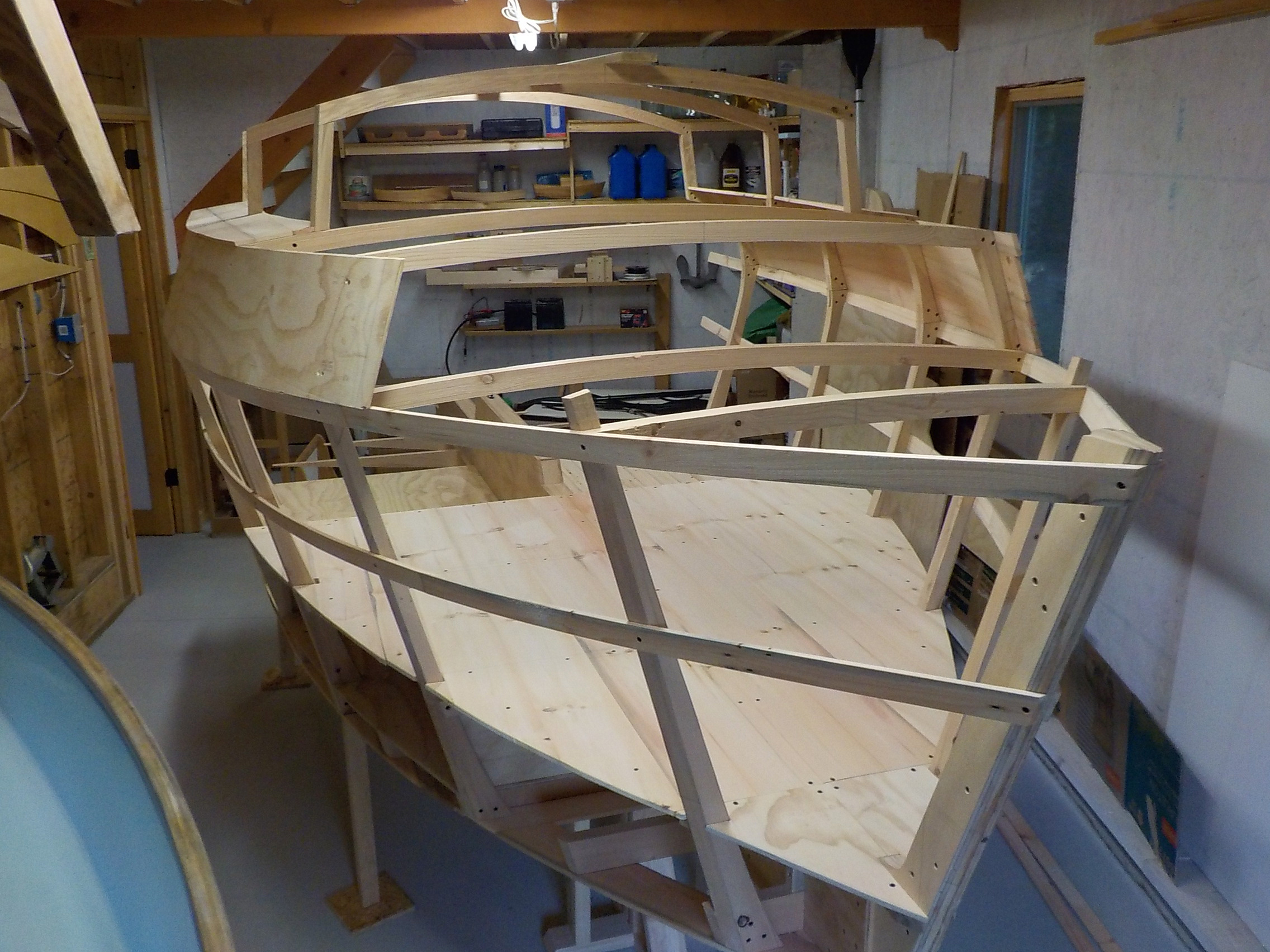 Photographs by the author
Photographs by the author
Join The Conversation
We welcome your comments about this article. If you’d like to include a photo or a video with your comment, please email the file or link.
Comments (8)
Leave a Reply
Stay On Course


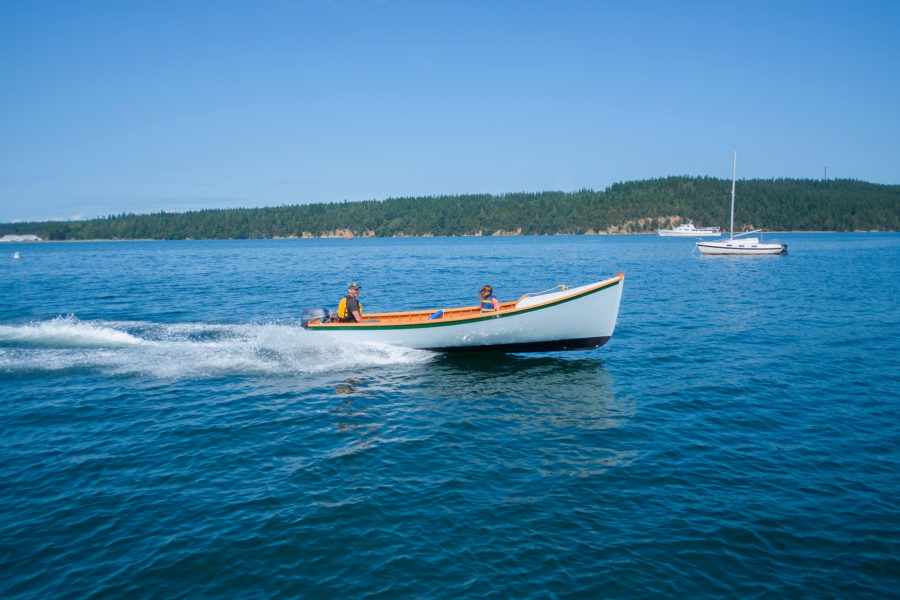
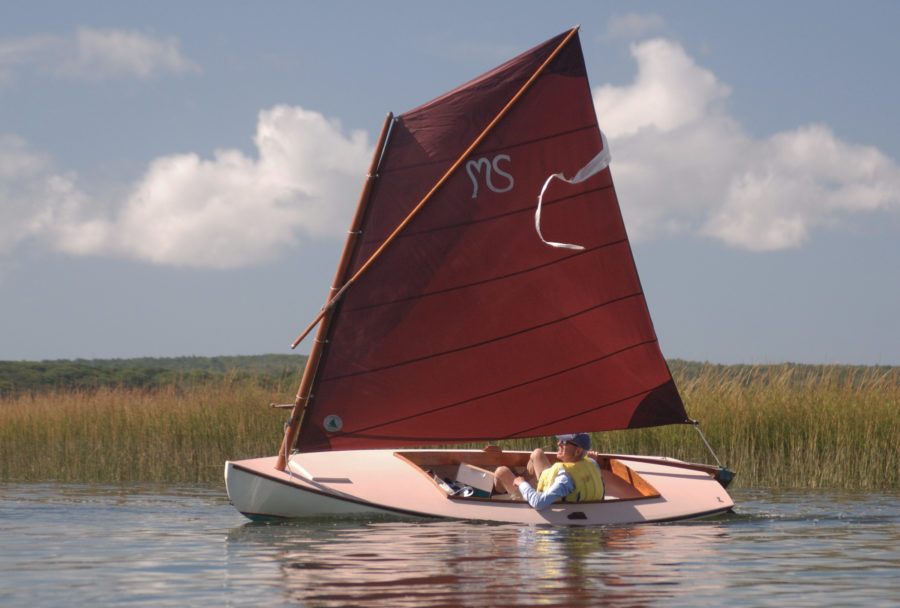
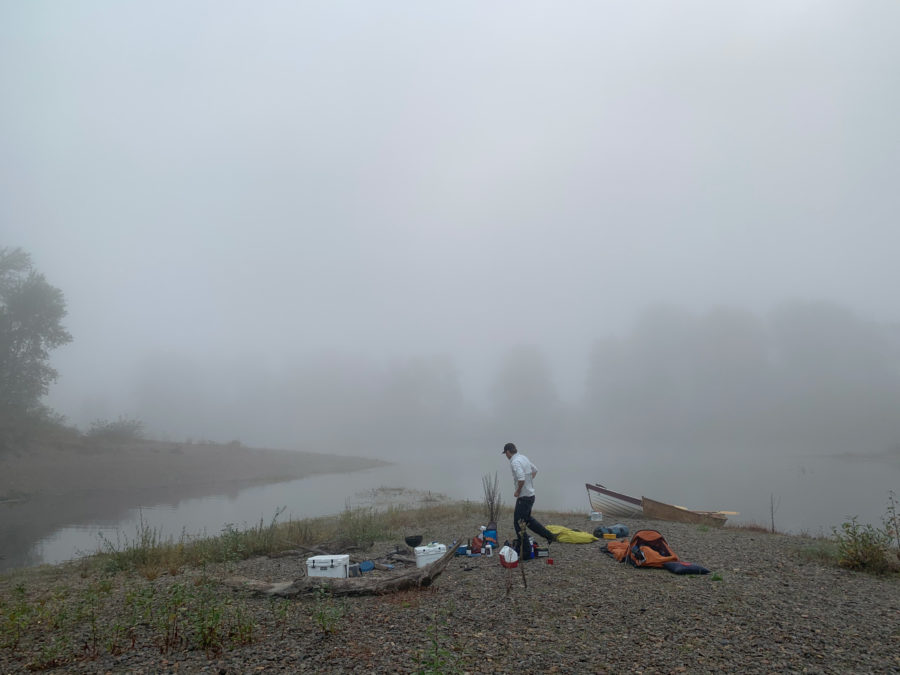
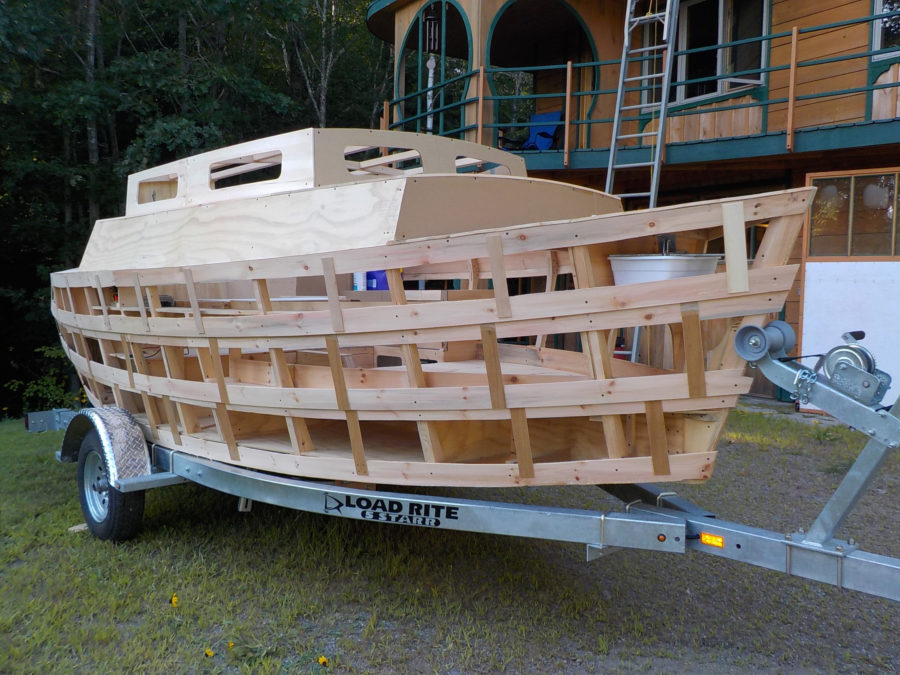
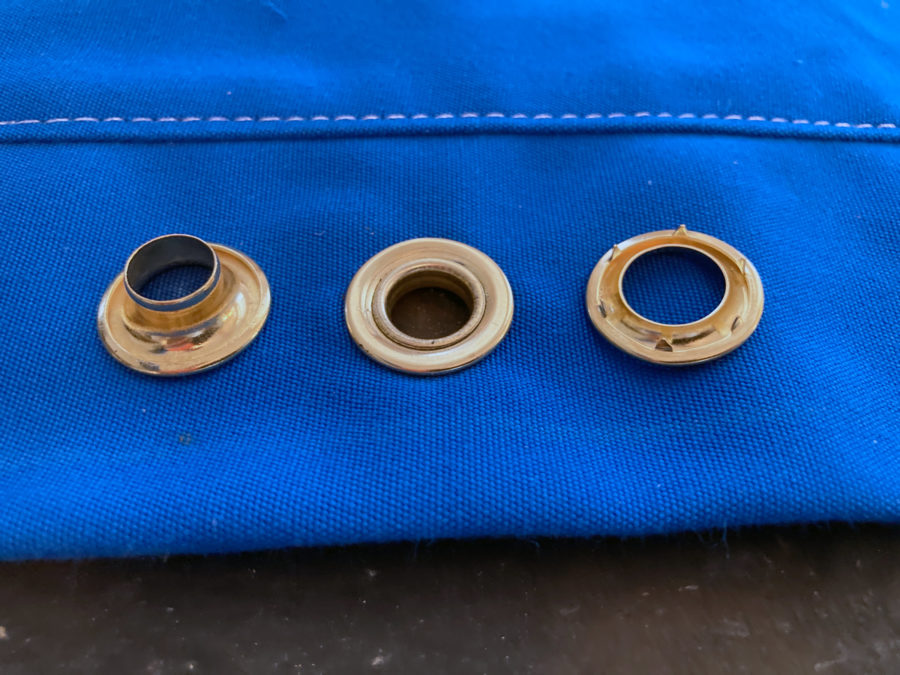
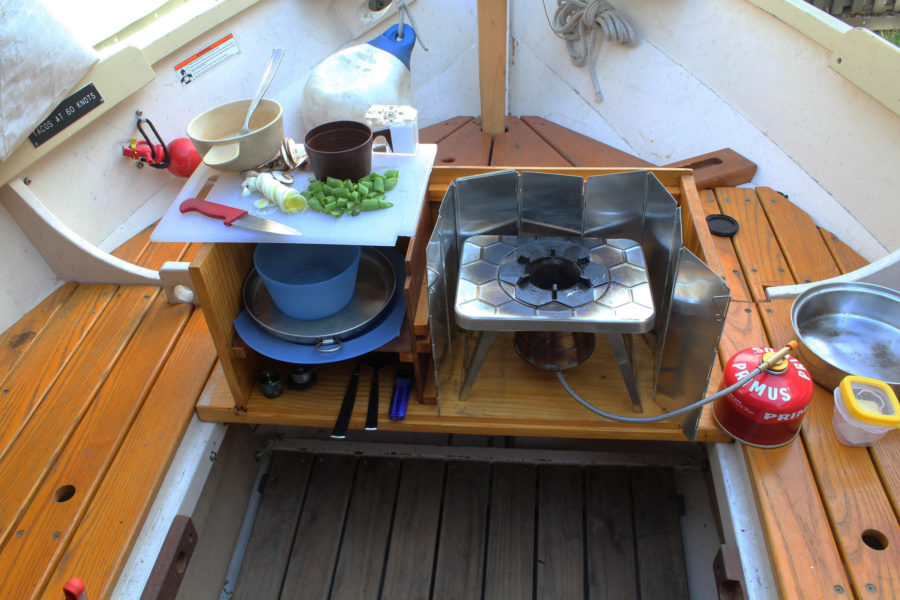
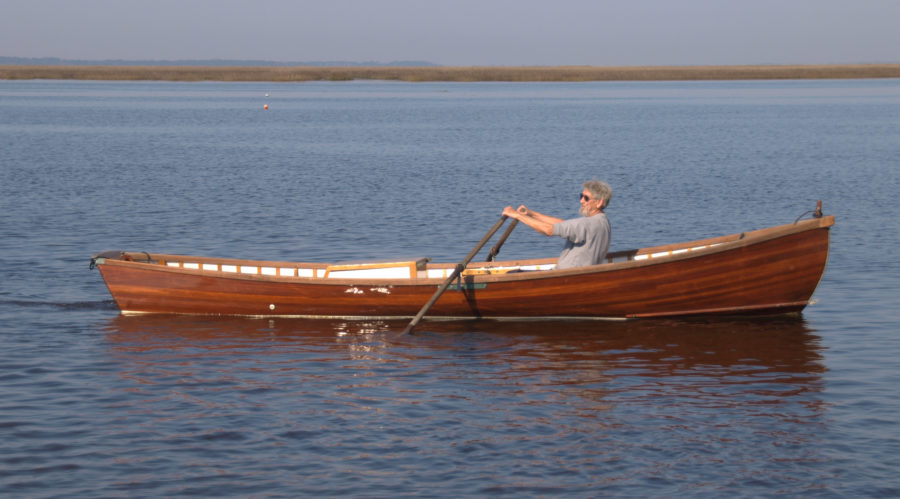
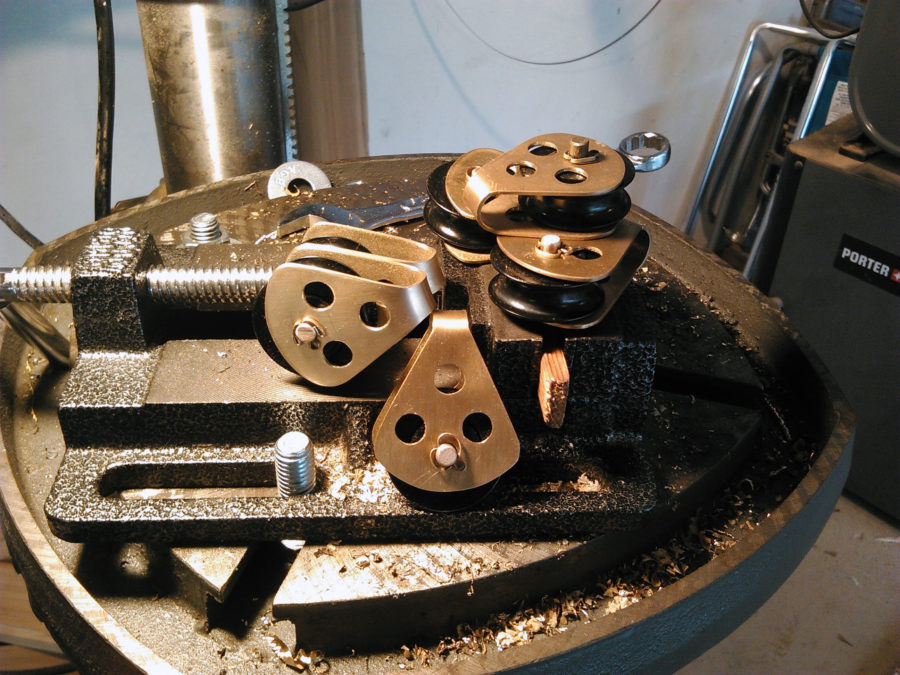
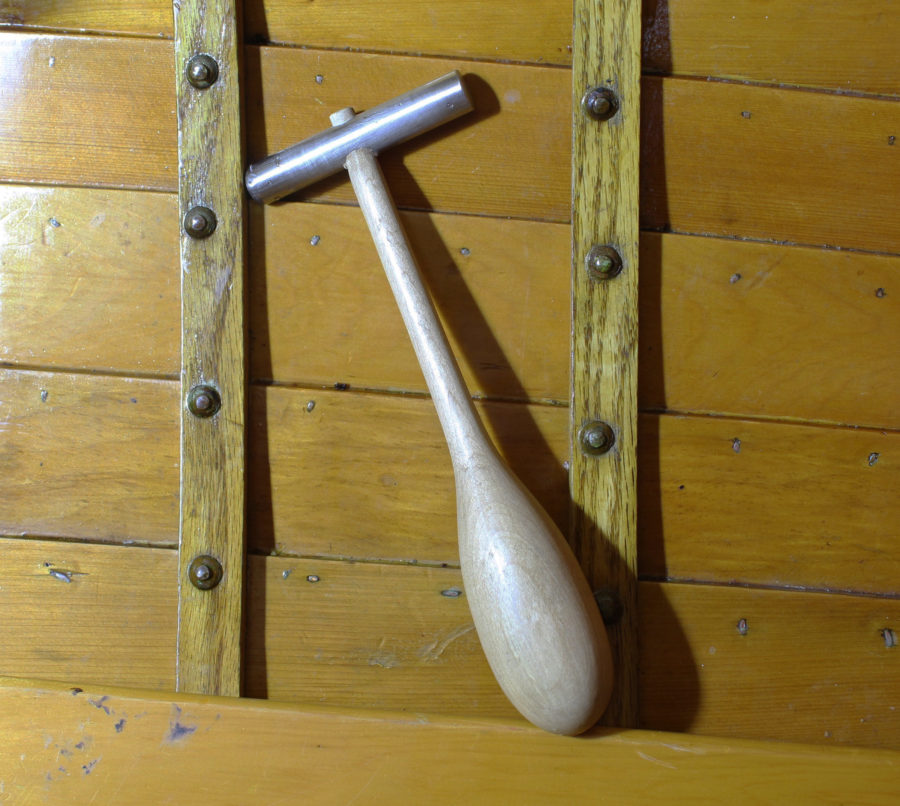
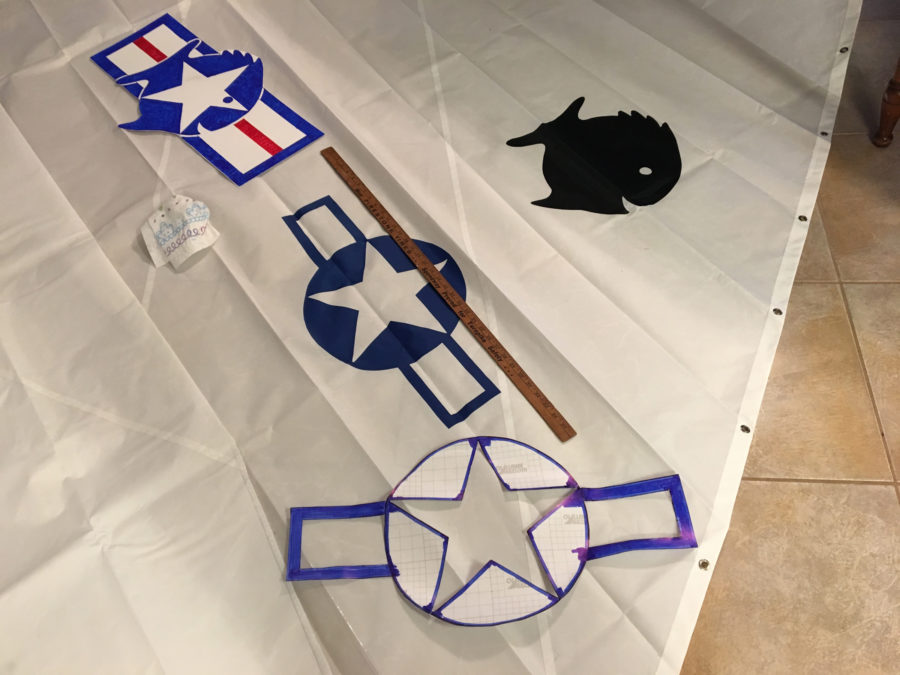
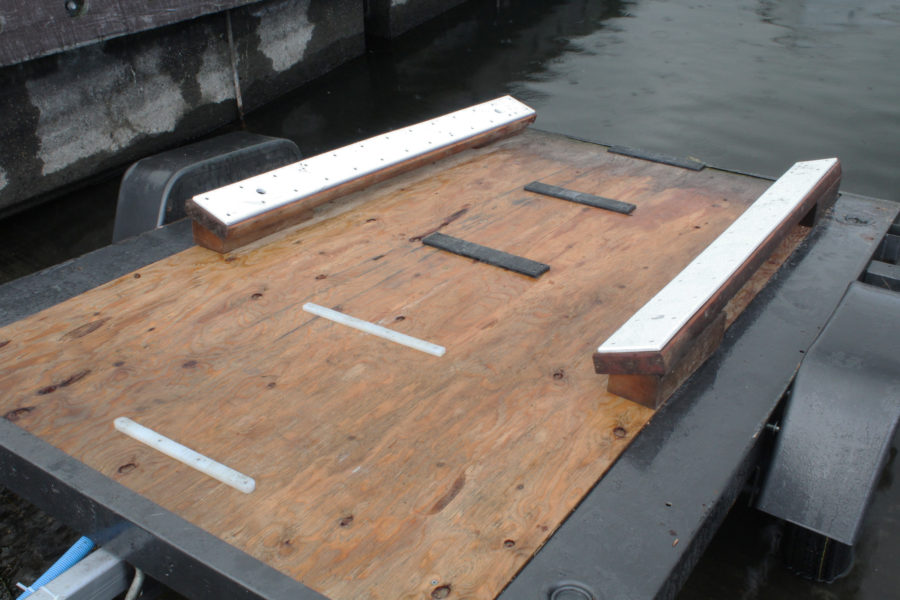
This look awesome, would love to see it finished. When might that be done?
Good luck and I hope she sails as good as you hope
After spending the winter in Florida, I will return to Maine to resume work on FREEDOM and expect to launch in early summer 2022.
Looks like an interesting design! Can’t wait to see it finished! What is the target trip length? Weekends with the occasional longer trip?
I expect to be able to cruise for up to a week aboard FREEDOM.
Great idea!!
Looking forward to the finished product.
How long did the mock-up take to build? (and for comparison, what is your estimate of the time needed to build the proper boat?)
Thanks
I spent the better part of two summers building the full-scale model. Winters are spent in NE Florida, kayaking and escaping winter. The actual boat was started last summer and work will resume when I return in May. I expect to make good progress this summer and be ready for launch early summer of 2022.
This is the first time I’ve ever seen this. If I was younger and had the area to build this, I would in a instant. Thank you for taking the time to write this article. I don’t know about others, but I found it very informative.